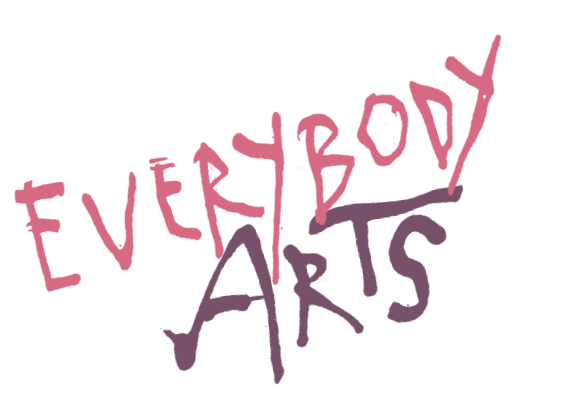How Art and Creativity Helped Make Mental Health Wards Safer
When people think about hospitals, especially mental health wards, they don’t often picture art classes, music sessions, or creative writing groups.
But through our Creative Care project — recently published in the British Medical Journal (BMJ) — we showed that bringing creativity onto mental health wards can make a real difference for both patients and staff.
You can read the full article here or catch the key points in this summary below.
The Problem: Violence and Restrictive Practices
Mental health wards can sometimes be stressful places, and sadly, violence and aggression are not uncommon. This doesn’t just harm patients — it can also hurt staff morale and lead to the use of restrictive practices (like physical restraints or seclusion). These measures are tough on everyone involved and can delay a patient’s recovery.
Before the project started, there were on average about 53 incidents of violence or aggression and 38 cases of restrictive practices for every 1,000 "bed days" (hospital days).
The Solution: Creative Activities
The team behind this project, Everybody Arts together with South West Yorkshire NHS Foundation Partnership Trust, decided to try something different: bringing creative practitioners — artists, musicians, writers — into the wards seven days a week. Working with patients and staff, creative practitioners designed activities that everyone could enjoy. As a team we also set up systems to make communication smoother and created rotas to make sure activities were consistent and well-organised.
What Happened?
Over the 12 months of the project, the wards with creative activities saw a statistically significant drop in both violence/aggression and restrictive practices. Meanwhile, wards that didn’t have creative sessions stayed about the same.
At the busiest point, creative practitioners were delivering around 300 hours of activities every week across 13 mental health wards. Importantly, patients didn’t stay as longer in the hospital compared to before, showing that the activities didn’t slow down recovery — if anything, they likely made the experience safer and more positive.
Why It Matters
This project shows that offering creative activities isn’t just a "nice to have" — it can actively make hospitals safer and help patients and staff feel better. Art, music, and creativity gave patients new ways to express themselves, built a sense of community, and likely reduced the frustration and boredom that sometimes lead to incidents of aggression.
What’s Next?
The research team is recommending that creative practitioners become a permanent part of mental health care. They also plan to develop a guide to help other hospitals bring creative activities onto their wards — and to study when and how these activities work best (such as during evenings or weekends).
In short: a little creativity can go a long way in making mental health care kinder, safer, and more healing for everyone.
